Movie Review – Diary Of Anne Frank, The
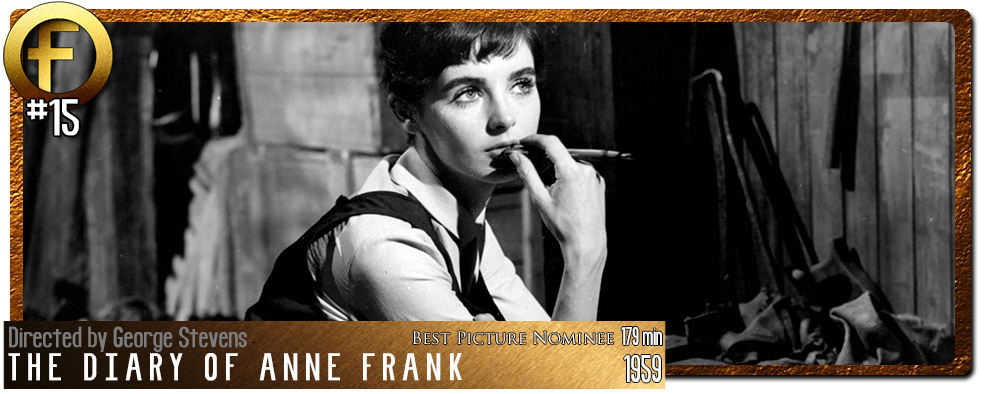
Principal Cast : Millie Perkins, Joseph Schildkraut, Shelley Winters, Richard Beymer, Gusti Huber, Lou Jacobi, Diane Baker, Douglas Spencer, Ed Wynn.
Synopsis: A Jewish family living in Amsterdam take to hiding in their friends’ attic when the Nazi’s invade. For years, they live in secret, forever fearful of being discovered and sent to the death camps.
**********************
One of the most moving experiences of my recent trip to Europe was a sojourn to the house where Anne Frank lived, in the middle of Amsterdam. While perhaps not as horrific as trudging the soil of a concentration camp, the house is still horrifying, but for an utterly different reason.
During WWII, the Germans invaded and occupied Holland, and the Jewish residents of Amsterdam suffered the same fate as those of other cities; persecution. During this occupation, one man, Otto Frank, hid his family and several friends in the secret annexe of his business. Such was the desperation by the Franks not to be discovered and deported to a death camp, they resorted to herculean feats of bravery and supression of their own basic desires.
The Frank family, the Van Daan family, and a dentist named Mr Dussel, lived in the tiny attic of the small building for 2 years, until their betrayal and capture in early 1945. For two years they had stayed inside, never venturing out, never making a sound that could give them away.
Otto Franks youngest daughter, Anne, wrote a diary about the experience, with all the trials and tribulations a thirteen year old girl goes through when a captive in her own home. Upon Otto’s return from Auschwitz after the war, he discovered Anne’s diary among the remains of their personal belongings, and according to her wishes, had it published.
The Diary Of A Young Girl, published for the first time in 1947 and in English in 1952, became a bestseller. The tragic story of flight, persecution, tension and hope against hope resounded with a public still recovering from the war. The fact that such an insightful book was written by somebody who had yet to turn sixteen was simply astounding for all its emotional clout and elegiac prose.
The house is now a museum, and one can actually wander through the halls and rooms that Anne made famous in her diary. One gets the sense of just how cramped they all were, living in each other’s pockets while the fear of certain death pervaded every moment of their time there. The stairs up the secret annexe are incredibly steep, the windows were blacked out (and still are) adding to the sense of claustrophobia that must have been overpowering.
Of course, the tragic nature of the book meant that Hollywood would always come calling. It was a sure fire Oscar winner, and so, with Otto Frank as an adviser on set, the film was given to George Stevens to direct. Stevens had had a number of hits up until that point, with the classic Shane and Gunga Din among them. Much was made at the time about the casting of the character of Anne Frank, such a pivotal person in the story, with the likes of Audrey Hepburn and Natalie Wood being mentioned in the same sentence for the part.
The role eventually went to Millie Perkins, a teenage model who wad never appeared in film before. With such a heavy weight on her shoulders, Perkins was accompanied by some first rate talent on screen, with Joseph Schildkraut reprising his stage role of Otto Frank, Shelley Winters as Mrs Van Daan, and the wonderful character actor Ed Wynn as Mr Dussel. Richard Beymer, who played the Van Daan’s son Peter, would go on to star in West Side Story, and The Longest Day.
With the cast and crew ready, the film commenced production, on a studio set of the annexe. Otto Frank, as the films adviser, had a great deal of input into the set design, ensuring the highest possible level of accuracy where required. Of course, a two year odyssey cannot possibly be accurately captured by a three hour film, so some time compression was required: the film is utterly brilliant in moments, and languid and turgid in others.
So what’s good about the film?
Shot in fabulous black and white, with a widescreen 2.4:1 aspect ratio, the film is moody and dark. In keeping with the nature of the story, the moments of levity are somewhat brighter, but for a fair portion of the film, it’s the shadows that play a key role in the emotion and tension. In the same way those old horror films always worked better in black and white, so to does this story of terror and hope. One key scene, with Anne and Peter engaged in a romantic moment, is shot almost in utter silhouette; almost as if the moment is too private for us to view.
Stevens manages to create some wonderful moments of tension throughout; in particular, when people are creeping around downstairs and the Franks et al have to remain perfectly quiet lest they be discovered. The camera moves through the set a la Fincher’s Panic Room and captures all the action in one, smooth shot. These scenes, which last for minutes at a time, are staggeringly tense and you almost find yourself holding your breath along with the cast. The set itself, with dark corners and a room with a view unlike any other, is magnificent. The set is cluttered, decayed and dusty, as it must have been, and utterly adequate to the task of keeping these people prisoner in their own home.
The acting is almost uniformly excellent. Schildkraut, as Otto Frank, and Millie Perkins, are particular standouts for me, they seem to relate to each other better than any of the other cast. This would perhaps be due to the nature of having the girls actual father on set each day, that this dynamic was perhaps played better than the others. Shelley Winters won an Oscar for her role as Mrs Van Daan, although for the life of me I cannot understand why. She screeches and overacts to everything, creating an essentially one note performance that somehow counteracts all the good work done by the rest of the cast.
So what’s not so good about the film?
Several things about The Diary Of Anne Frank are somewhat lacking by today’s standards, among them is the stagey nature of the setups. The cast move around the room, yet the camera remains mostly distant, with minimal cutaways to closeup shots of the actors. In a way, this could be seen as an attempt to allow the actors to generate their own tension in the film, by using long takes and wide angle shots; but for the most part its somewhat annoying to this member of the modern film-making generation to not be given more close up shots of the actors in character. Often, only Anne or perhaps her father are given this treatment, yet the film still feels like it’s been filmed on a stage, in front of an audience. And while the acting is first rate, the camerawork is alternately good and bad. Often, actors are acting with their backs to the audience, something that in Film-making 101 is always taboo (unless for a specific effect). Even worse, sometimes the camera is positioned so that the actor speaking is obscured by some piece of set, something that initially could have been a way of provoking a sense of claustrophobia, but after a while becomes irritating and tedious.
While perhaps these decisions by Stevens could be construed as artistic license, trying to imbue the film with a certain sense of menace (and indeed, there’s a subtle nuance of the Hitchcock about the way the film is shot) it ultimately falls somewhat flat. Thankfully, the acting and story itself can generally rise above such trivial things, and The Diary Of Anne Frank remains one of the great stories to emerge from WWII. For me, the most harrowing moments of the film are those when the families are simply waiting waiting for the workers in the rooms below to go home, waiting for the burglar to finish robbing their home and leave, and waiting for the Nazi soldiers to find nothing out of the ordinary and get out. These are scenes of almost unbearable tension, and are themselves worthy of specific praise.
Shot in 1958 and released in 59, The Diary Of Anne Frank remains a poignant tribute to the courage of the human capacity for survival, to rail against tyranny oppression, and the love of one man for his family. For those looking for a rewarding and well made film, this is one that I would highly recommend.

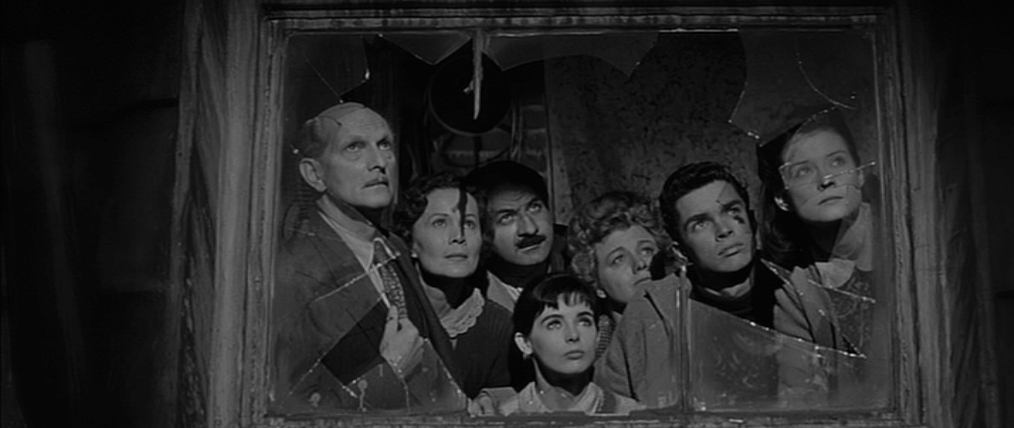
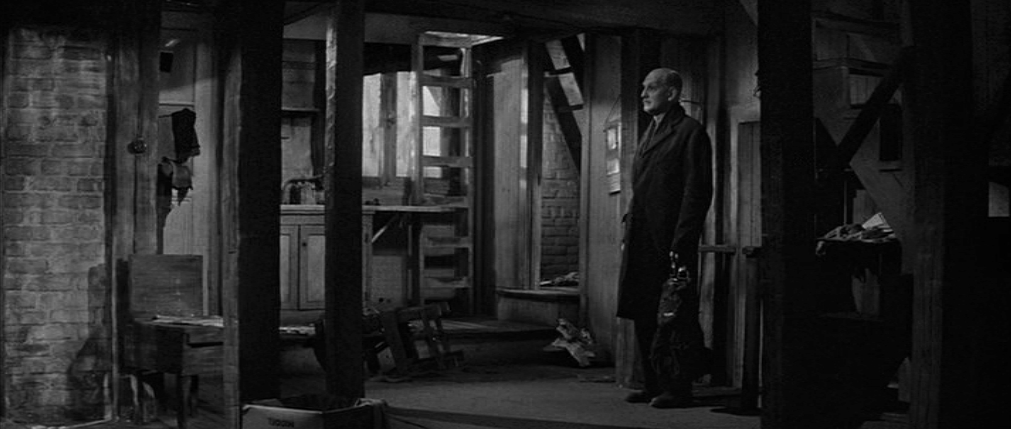
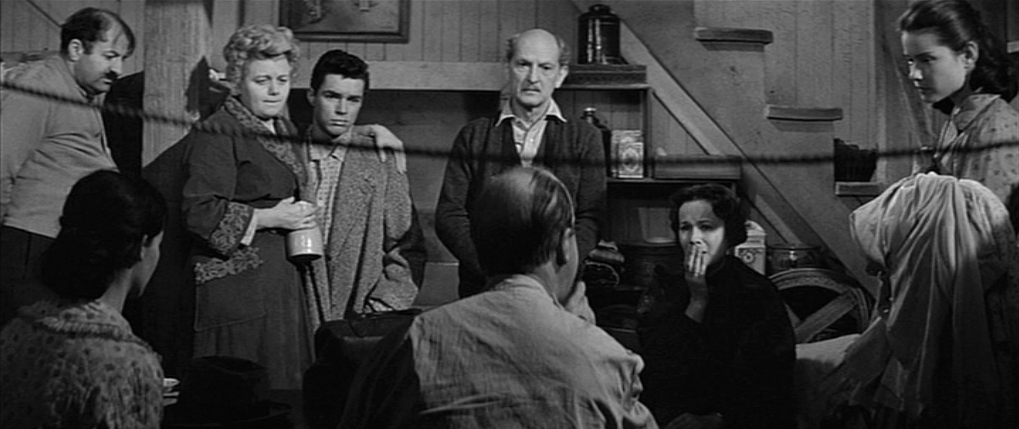
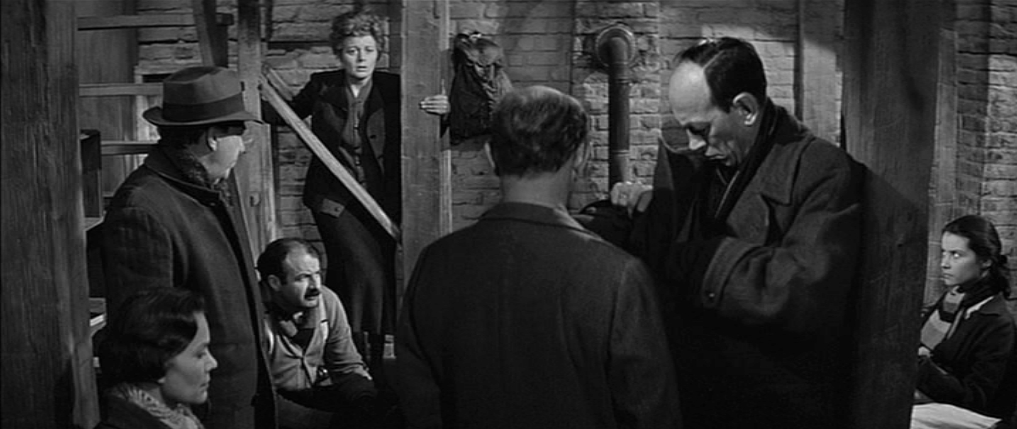
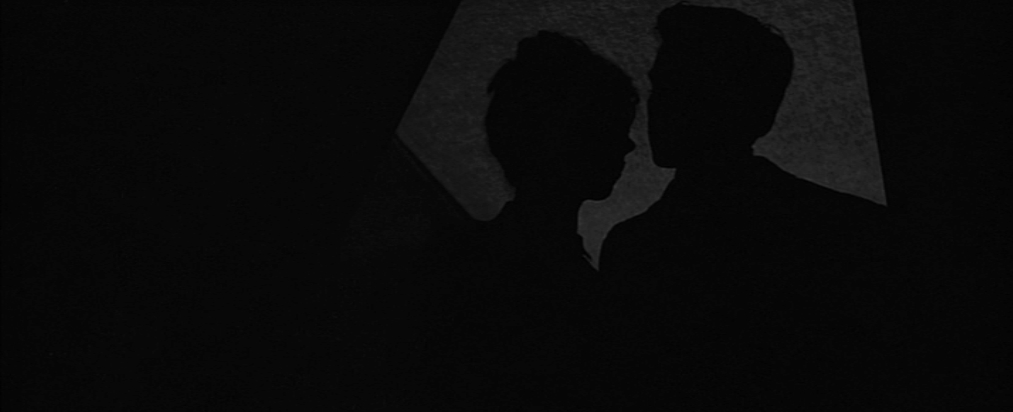
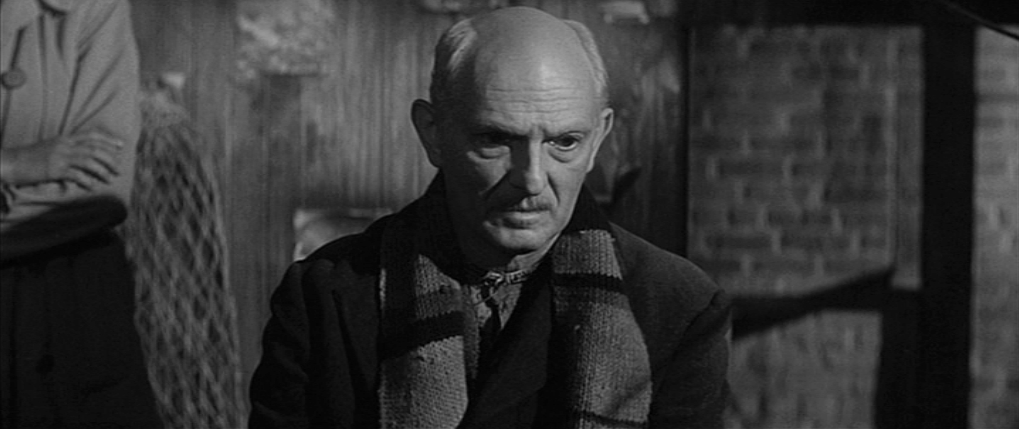
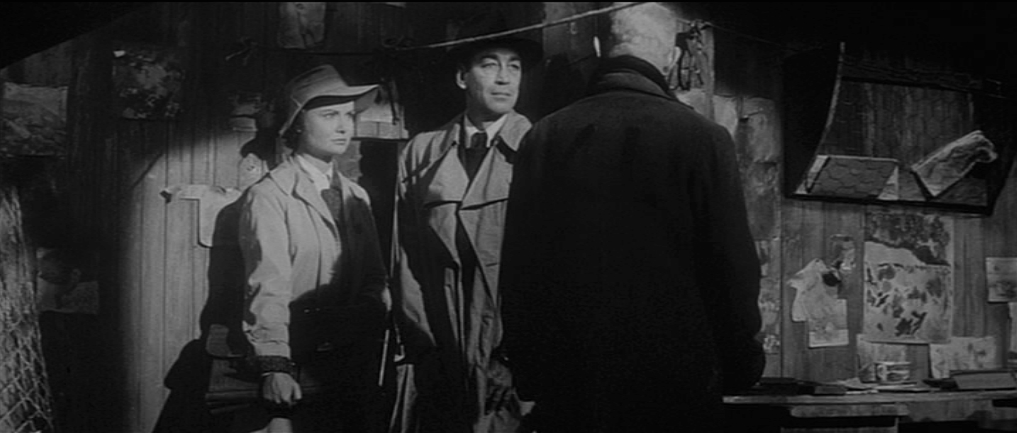
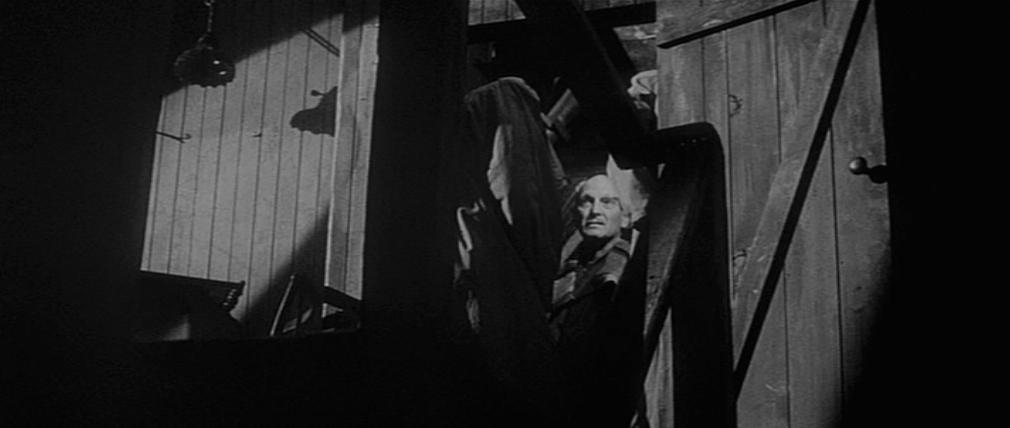
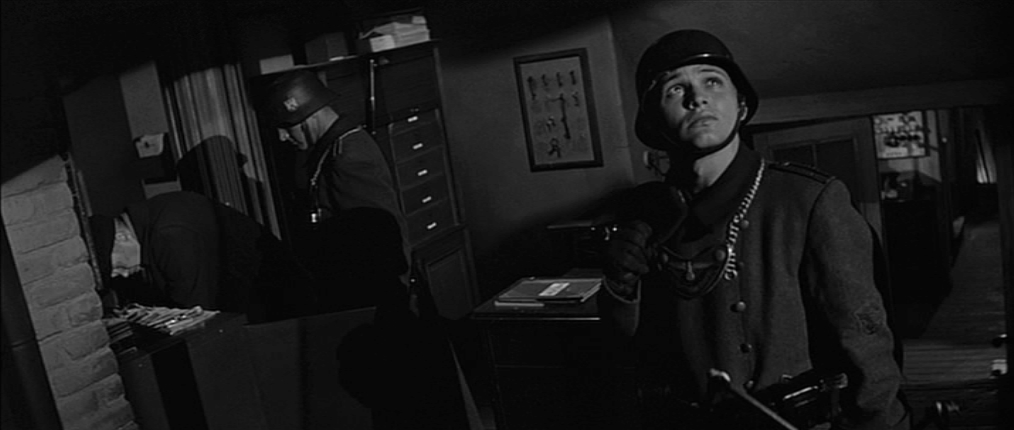
WHY THE FUCK DONT YOU TALK ABOUT LIGHTING AND EDITING AND JUST BABBLE ABOUT THE STORY, YOU ARE G A Y
bye, pablo montalvo from guayaquil ecuador, samborondon, entre rios, calle 7ma
666
im gay btw
There's almost nothing I can say to defend myself against your invaluable comments, Pablo. Nothing I can repeat here, anyway. This is a family show.